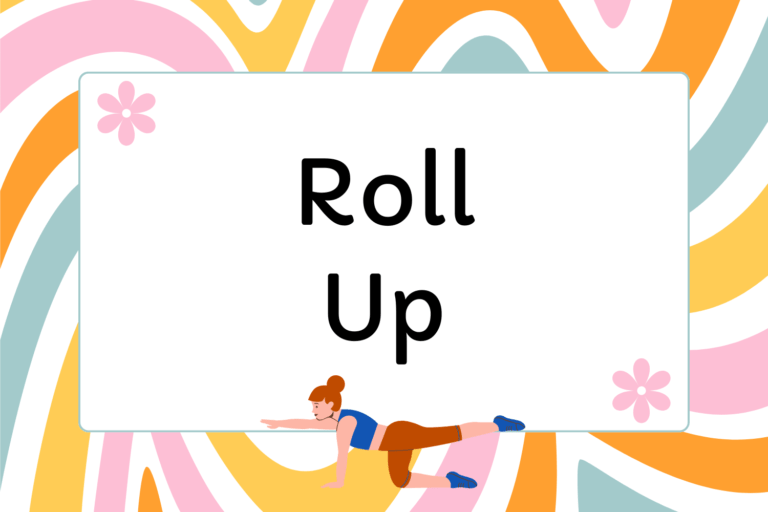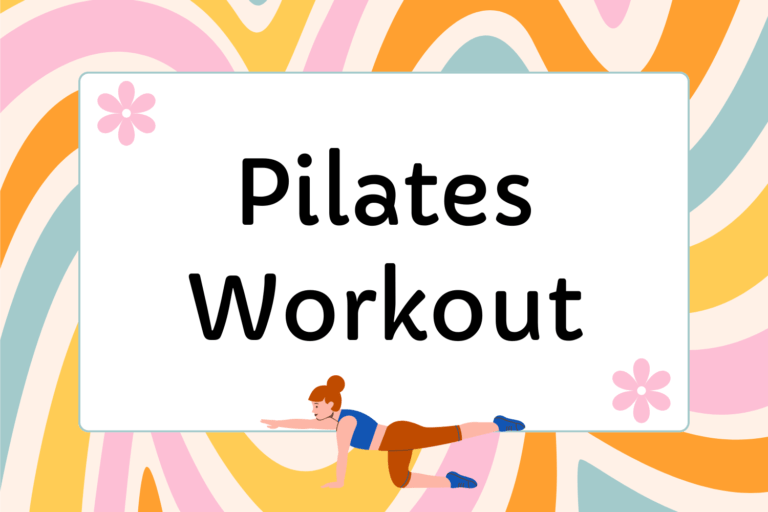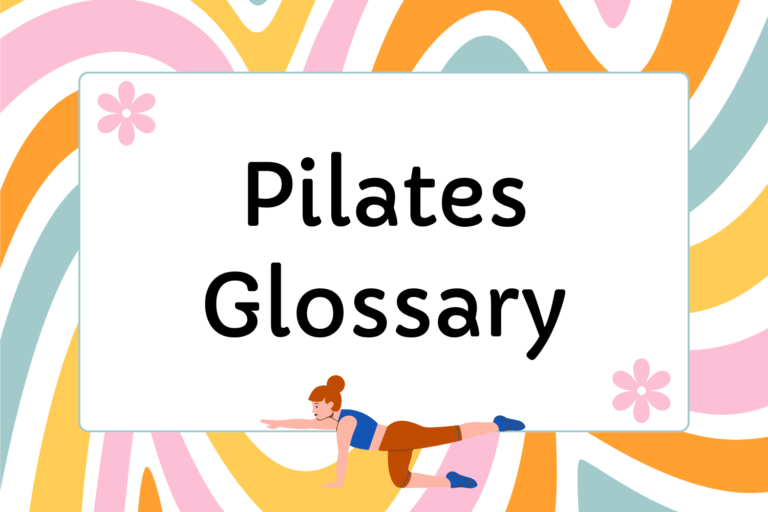The Pilates stance, often referred to the “Pilates V” or the “V stance,” refers to the position of your legs and feet when you’re performing standing or reclining Pilates exercises. In this stance, your heels are together and your legs and feet are rotated slightly outward to form a “V” shape. In seated and supine (lying-down) positions, your feet are also pointed. When your feet and legs are aligned in the Pilates stance, you’ll engage your deep hip rotator muscles, which will help to prevent misalignment during the exercises.
In standing moves, the Pilates stance also helps to stabilize the lower body because, while in the stance, your thigh bones are in correct alignment in the hip sockets. It decreases the use of your quadriceps (the tops of your thighs) and instead engages the hamstrings, inner and outer thighs, buttocks, and pelvic floor muscles. The Pilates stance is considered a neutral position in which the bones and muscles are properly aligned.
In exercises done on the floor, the feet are softly pointed. The heels touch and the tops of the feet are stretched. This pointed position can also help to increase the arches of the feet. When you perform exercises in the Pilates stance, your buttocks and thigh muscles are used to keep your legs drawn toward the center line of your body. This position utilizes your psoas, which is a deep, hip-flexing muscle located near your spine. When you utilize your psoas instead of your quadriceps, you work your core even deeper, which is an ideal foundation for Pilates.
Instructions from a Standing Position
- Stand with your feet and legs together.
- Feel the backs of your legs drawing toward each other as you rotate your thighs externally from the hip socket. Shift your weight slightly into your heels and spread your feet open to about 45 degrees to form a “V” shape.
- Allow your inner thighs to lengthen and stretch. Connect your inner thighs, if possible.
- Press your heels together softly.
- Make sure your knees are in line with your toes.
- Let your arms lengthen down the sides of your body.
Instructions from a Supine Position
- Lie flat on your back with your legs extended, hip-distance apart. Rest your arms at your sides with your palms facing down. Align your heels, toes, knees, and hips.
- Bring your legs together, then allow your thighs to drop open from the hip sockets. Pull your heels together at the center line of your body, so your feet form a 45-degree “V” shape. Point your toes softly, stretching the tops of the feet. Make sure your knees are in line with your toes.
Instructions from a Seated Position
- Begin seated on the floor with your legs extended in front of you, hip-distance apart. Sit up tall on the top of your sit bones. Rest your arms at your sides.
- If it’s difficult to sit upright on the floor, bend your knees slightly or sit on a cushion or rolled-up mat.
- Bring your legs together, then allow your thighs to drop open from the hip sockets. Pull your heels together at the center line of your body, so your feet form a 45-degree “V” shape. Point your toes softly, stretching the tops of the feet. Make sure your knees are in line with your toes.
- Engage the muscles of your pelvic floor [link] and sit up as tall as possible.
“To achieve the highest accomplishments within the scope of our capabilities in all walks of life we must constantly strive to acquire strong, healthy bodies and develop our minds to the limits of our ability.”
Joseph H. Pilates
Modifications & Tips
The Pilates stance will help you activate your core muscles while keeping your lower body stabilized. Keep the following information in mind when you’re finding your Pilates stance:
- Don’t turn your feet out all the way to the sides, as in First Position in Ballet [link]. Instead, make your “V” shape only a couple of inches wide, corresponding to about a 45-degree angle.
- When pointing your feet, think of them as lengthening rather than pointing deeply. Joseph Pilates suggested a “softly pointed foot.”
- Imagine your heels are glued together.
- Do not squeeze your glutes.
- Keep your knees and the muscles around your knees soft and gentle, not firm and engaged.
Take a Stance
You can practice finding the Pilates stance any time throughout your day. Practice this position while washing the dishes, waiting for the bus, or even sitting down and watching TV! The more you practice the Pilates stance, the more you’ll get used to the way it feels — and the easier it will be for you to activate your core muscles when it’s time to exercise!





